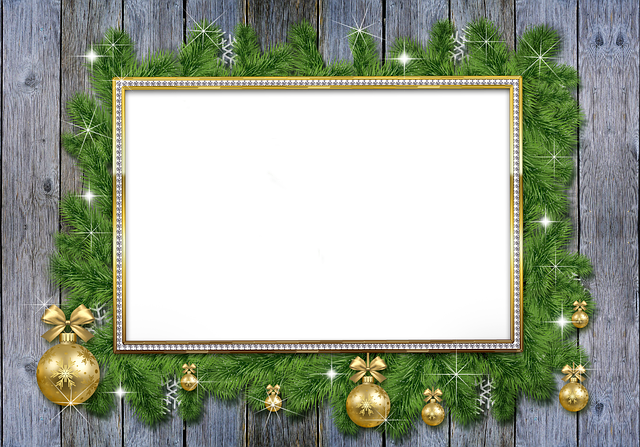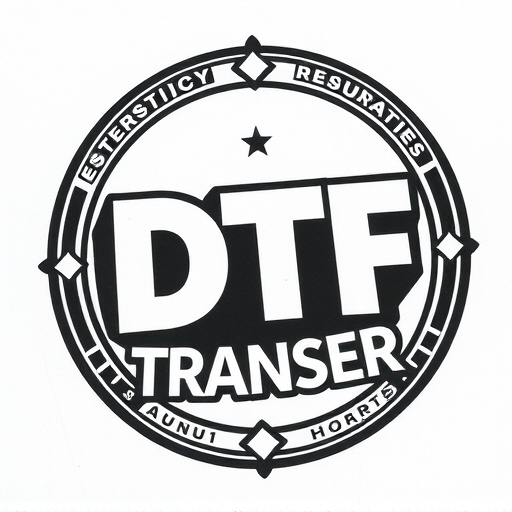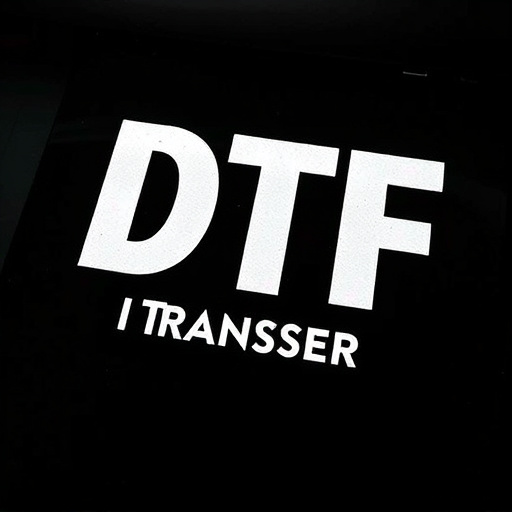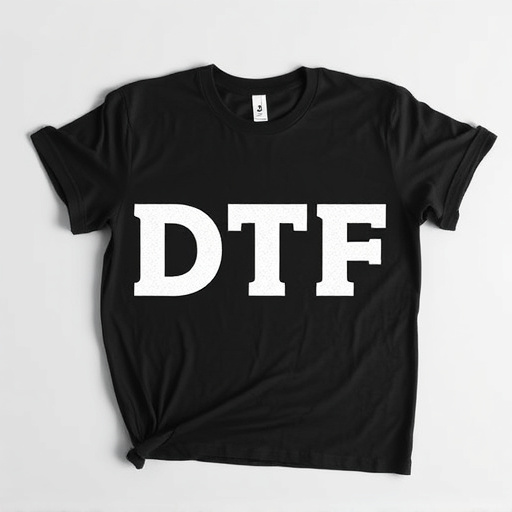Direct-to-Garment (DTF) transfer and printing technology is revolutionizing custom apparel by offering precise, vibrant designs on various fabrics. With minimal setup time, wide fabric compatibility, and swift production, DTF suits both small artisans and large manufacturers. Complex design precision, fabric absorption rates, and print size impact production times. Pre-production collaboration between designers and manufacturers ensures high-quality prints. The printing phase leverages optimized ink formulations for remarkable productivity without sacrificing quality. Post-printing curing and quality checks ensure long-lasting, vibrant prints. Strategic inventory management and skilled workforce allocation streamline DTF order turnaround times in today's competitive market, enabling businesses to meet customer demands promptly and maintain a competitive edge.
In today’s fast-paced market, efficient order fulfillment is key to success. This article delves into the critical production period required for completing transfer orders using Direct-to-Fabric (DTF) printing technology. We’ll explore the intricate DTF transfer and printing process, from pre-production preparation to post-printing operations. Understanding factors influencing production time, such as design complexity and fabric type, is essential for optimizing turnaround times, ensuring timely delivery of high-quality DTF prints.
- Understanding DTF Transfer and Printing Process
- Factors Affecting Production Time for DTF Transfers
- Pre-Production Preparation and Design Considerations
- The Printing Phase: Techniques and Efficiency
- Post-Printing Operations: Curing and Quality Checks
- Optimizing Turnaround Time for Efficient Order Fulfillment
Understanding DTF Transfer and Printing Process

The Direct-to-Garment (DTF) transfer and printing process is a cutting-edge technology revolutionizing the custom apparel industry. This innovative method eliminates the need for traditional screen printing or embroidery, offering a faster, more efficient way to create high-quality prints on various garments. During the DTF process, designs are first transferred digitally to a special paper, known as DTF paper. This paper acts as a temporary carrier for the design, allowing for precise placement and adherence to different fabric types. Once the design is perfectly aligned, heat is applied to activate a glue layer on the back of the DTF paper, securely bonding it to the garment.
DTF printing boasts several advantages, including vibrant and detailed DTF prints, a wide range of applicable fabrics, and minimal setup time. This process streamlines production, enabling businesses to accommodate rush orders and fulfill customer demands swiftly. With its ability to produce complex designs with precision, DTF transfer has become a game-changer for custom clothing, making it an attractive option for both small-scale artisans and large-scale manufacturers alike.
Factors Affecting Production Time for DTF Transfers
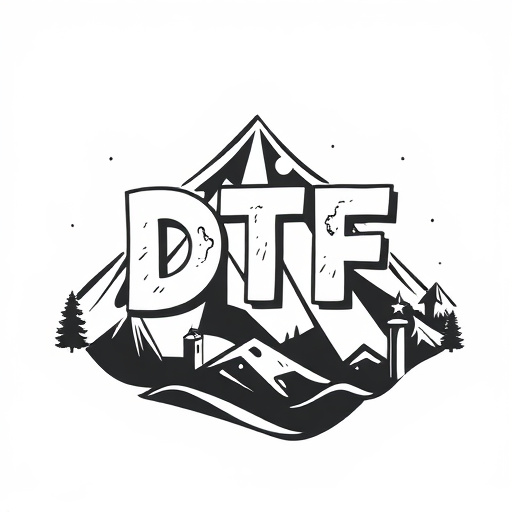
The production time for DTF (Direct to Fabric) transfers is influenced by several key factors. One of the primary considerations is the complexity of the design. Detailed, intricate patterns or images with fine lines and small elements require more precise printing techniques, leading to extended processing times. In contrast, simpler designs with larger areas of solid color can be completed faster.
Another significant factor is the type of fabric being used. Different fabrics have varying absorption rates and surface textures, which affect the speed at which the DTF ink adheres and sets. Porous materials like cotton absorb ink more quickly than smooth or synthetic fabrics, potentially reducing production time. Additionally, the size of the print also matters; larger prints may need extra time for proper drying and curing to ensure the ink sets evenly without smudging.
Pre-Production Preparation and Design Considerations

Before diving into production, a meticulous pre-production phase is crucial for successful DTF (Direct to Fabric) transfer orders. This stage involves several key considerations and preparations that lay the foundation for efficient manufacturing. Designers and manufacturers should collaborate closely to ensure the design aligns with print capabilities and fabric choices. This includes creating detailed digital patterns, choosing suitable fabrics, and testing ink compatibility to guarantee vibrant and long-lasting DTF prints.
Pre-production also entails setting up the production line, calibrating printing machines, and preparing cutting tools. By addressing these aspects, manufacturers can streamline the process, minimize delays, and achieve high-quality DTF transfer results. Effective design considerations not only optimize the production flow but also ensure customer satisfaction with the final products.
The Printing Phase: Techniques and Efficiency
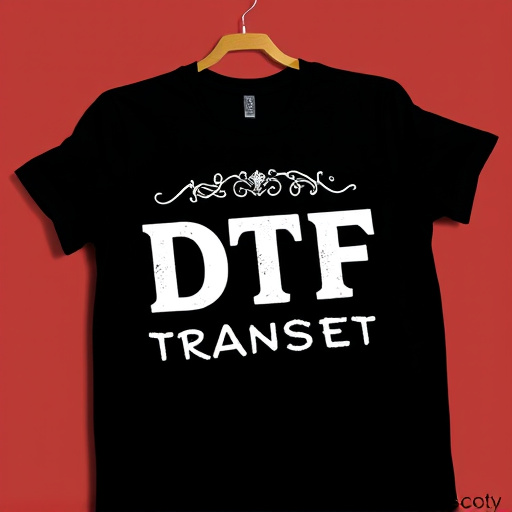
The Printing Phase: Unlocking Efficient DTF Transfer
In the heart of every successful transfer order lies a meticulous printing process, especially when employing Direct to Fabric (DTF) techniques. This phase is where designs come to life on various fabric types, catering to diverse product needs. The DTF transfer method offers a modern approach to traditional printing, ensuring high-quality results with enhanced efficiency.
Efficient DTF printing involves mastering specialized techniques like precision coating, precise registration, and optimized ink formulations. These strategies collectively contribute to faster turnaround times without compromising on print quality. By leveraging advanced machinery and expert skills, manufacturers can achieve remarkable productivity, delivering DTF prints that meet the exacting standards of modern fashion and apparel industries.
Post-Printing Operations: Curing and Quality Checks

After the printing process is complete, the DTF (Direct to Fabric) transfer undergoes crucial post-printing operations, including curing and quality checks. Curing involves allowing the print to set and become permanently bonded to the fabric, ensuring longevity and color vibrancy. This step is essential for achieving high-quality DTF prints that withstand washing and wear.
Quality checks are meticulously performed to ensure each transfer meets stringent standards. Inspectors scrutinize prints for any defects, such as misalignments, ink bleed, or missing details, using specialized equipment. This meticulous process guarantees that only flawless DTF transfers move forward to the next stage of production, ensuring customer satisfaction and maintaining the brand’s reputation.
Optimizing Turnaround Time for Efficient Order Fulfillment

In today’s fast-paced business environment, optimizing turnaround time for DTF (Direct to Fabric) transfer orders is a game-changer for efficient order fulfillment. Streamlining the production process involves several strategic steps that can significantly reduce lead times. One key area is DTF printing, where advancements in technology enable faster and more precise prints, minimizing delays caused by setup or quality issues. By implementing efficient DTF printing techniques, companies can ensure a consistent output of high-quality DTF prints, which are the foundation for successful transfer orders.
Additionally, optimizing production flows through effective inventory management and skilled workforce allocation plays a crucial role. Well-organized inventory systems reduce the time spent on locating materials, while training employees in efficient DTF transfer application techniques ensures productivity gains. Combining these strategies can lead to remarkable improvements in turnaround times, allowing businesses to meet customer demands promptly and maintain competitive advantages in the market.







